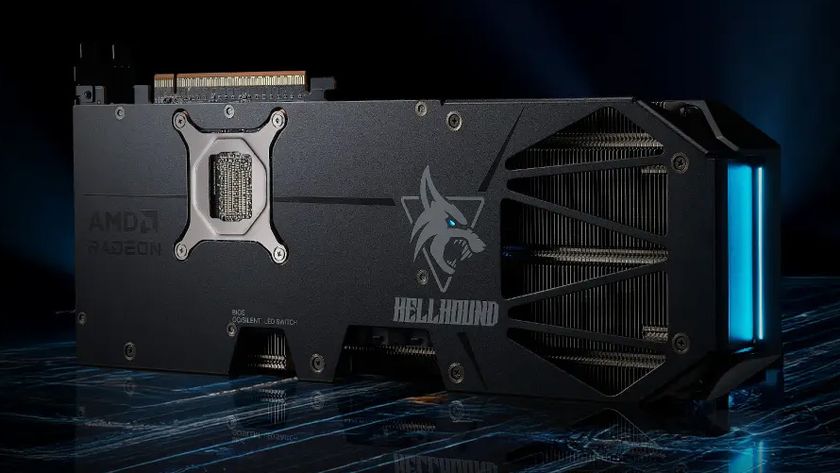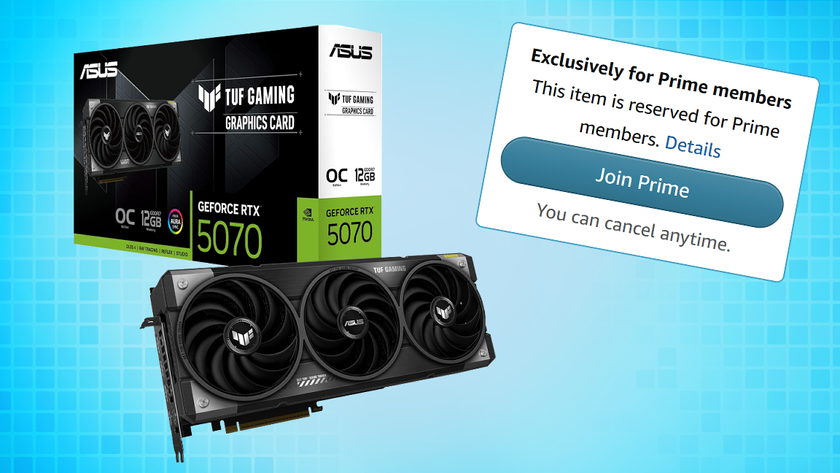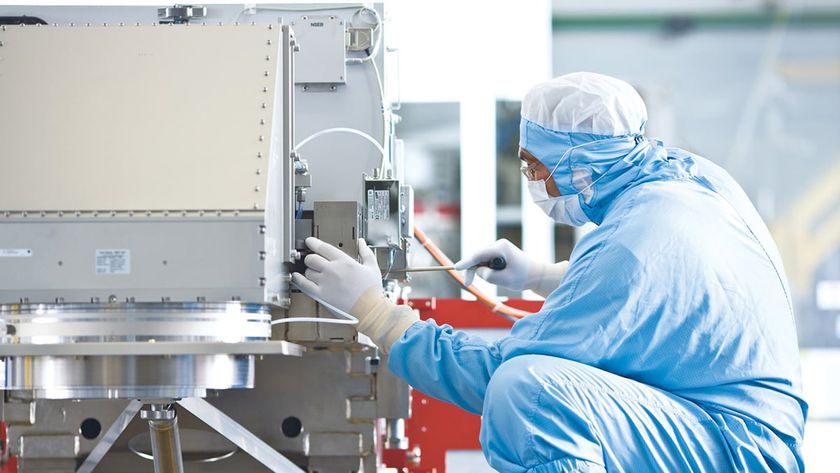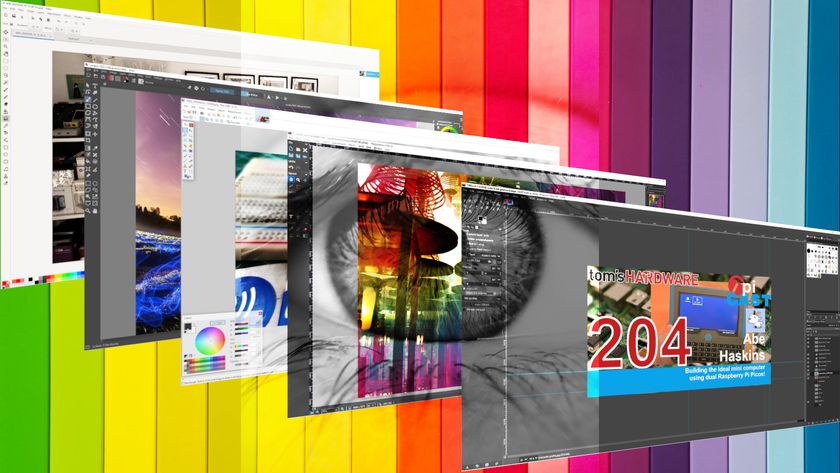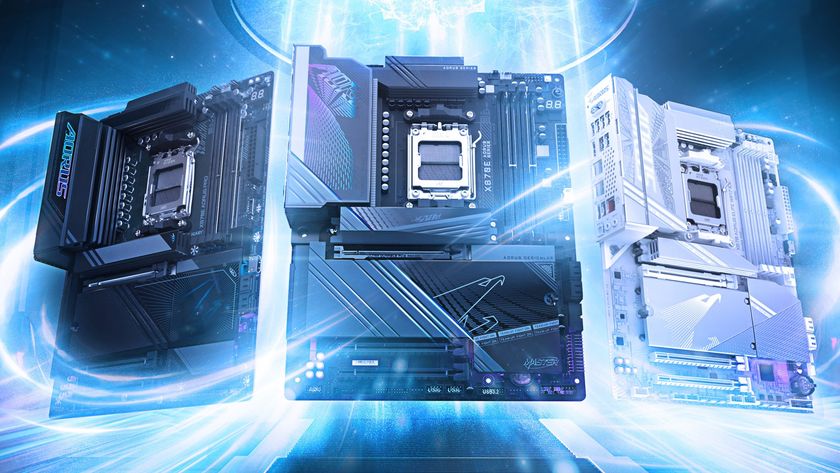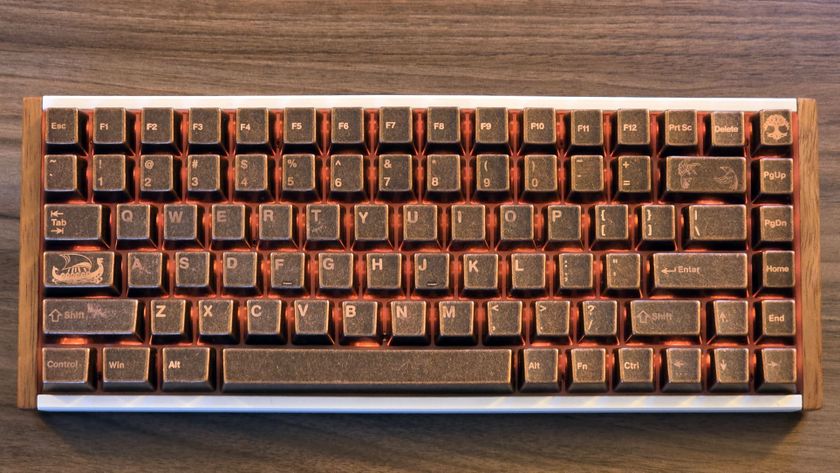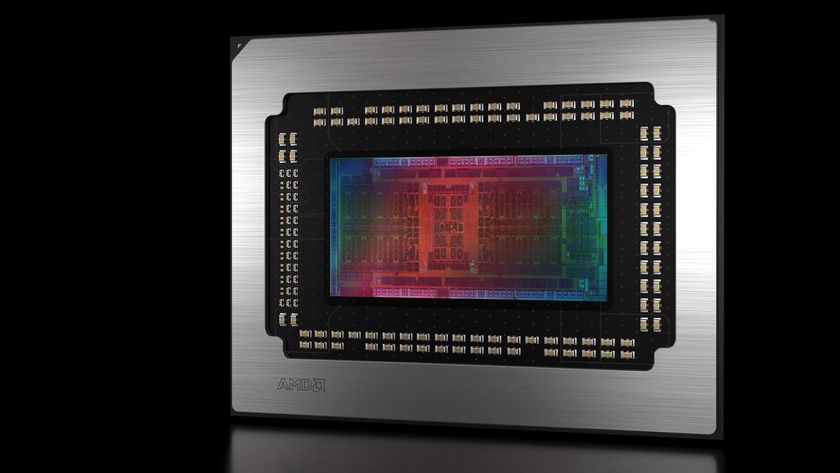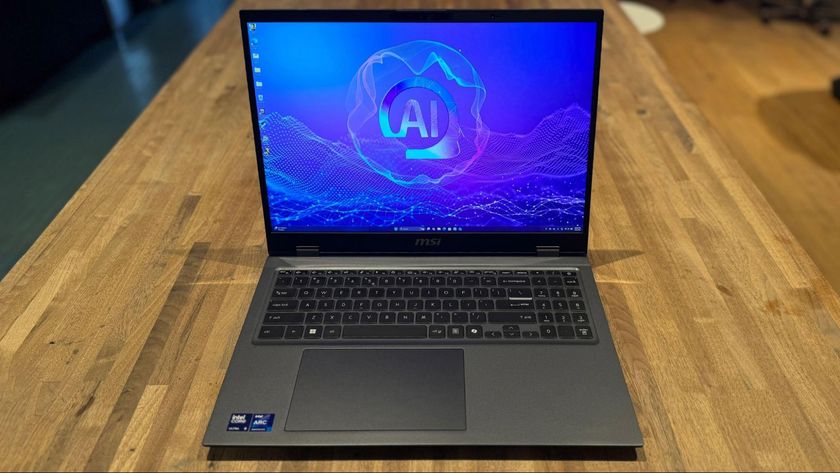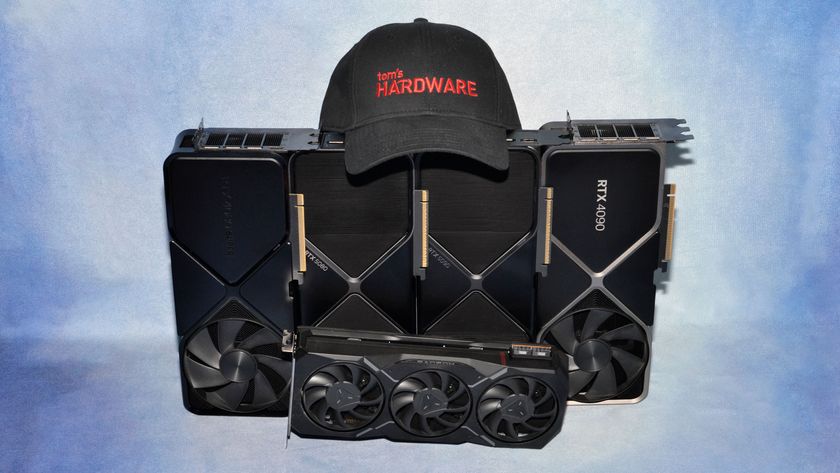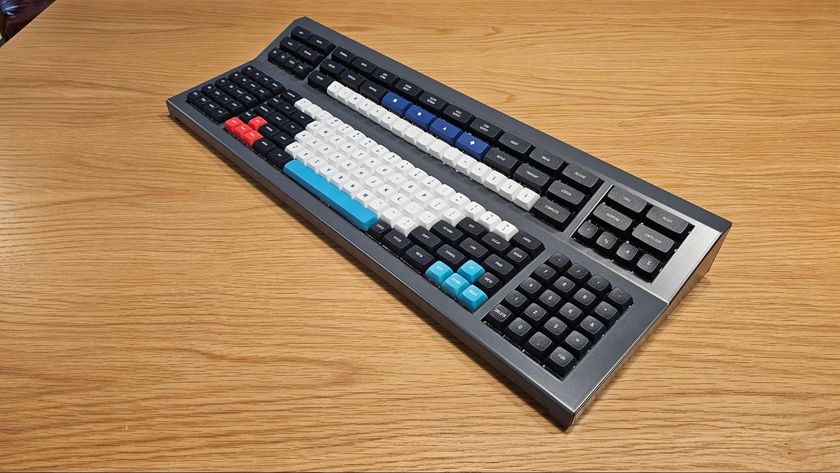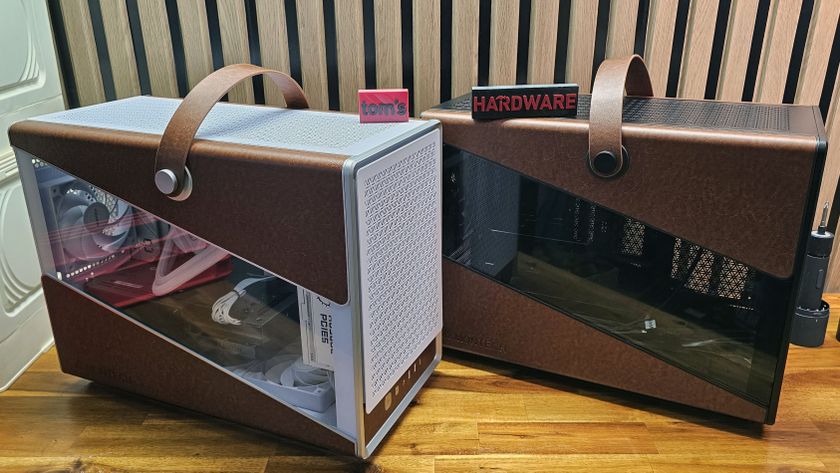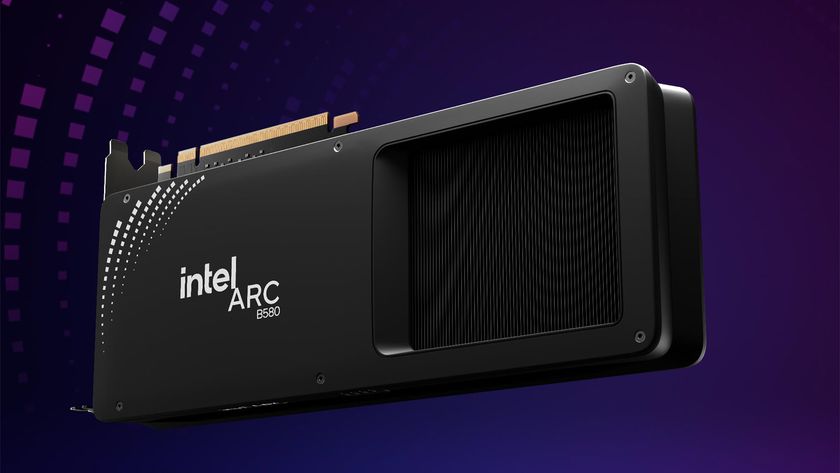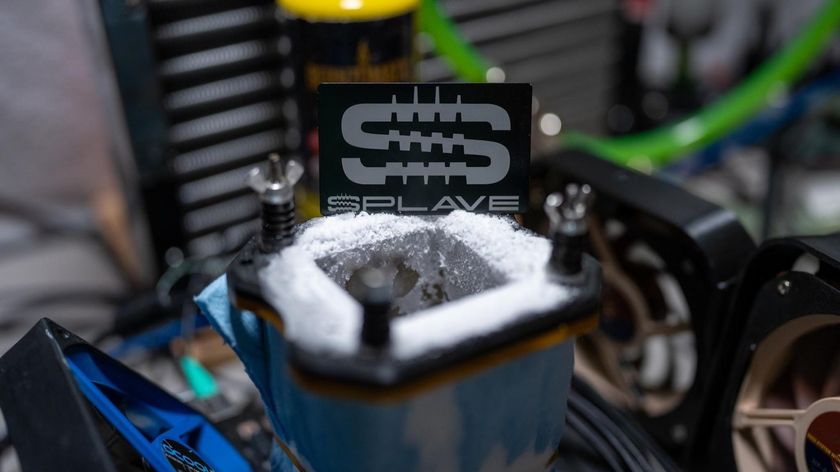GeForce GTX 480M: AVADirect’s W880CU Is Packing The Heat
With the launch of its GeForce GTX 480M, Nvidia’s Fermi architecture takes center stage in high-end gaming notebooks. But is the notoriously-hot GPU able to compete against AMD's Mobility Radeon HD 5870? AVADirect gives us the answer with its new W880CU.
Test Settings
| Test System Configuration | |
|---|---|
| CPU | Intel Core i7-820QM PGA 998 1.73-3.06 GHz, 8 MB L3 Cache |
| RAM | 2 x Kingston KVR1333D3S9/2G (2 x 2 GB) DDR3-1333 CAS 9-9-9-24. 4.0 GB Total |
| New GeForce Graphics | Nvidia GeForce GTX 480M 2 GB 425 MHz GPU Core, GDDR5-2400, Mobile Driver Version 258.68 |
| Previous GeForce Graphics | Nvidia GeForce GTX 285M 1 GB 600 MHz GPU Core, GDDR3-2000, Mobile Driver Version 187.71 |
| Competing Radeon Graphics | ATI Mobility Radeon HD 5870 1 GB 700 MHz GPU, GDDR5-4000, Mobile Driver Version 8.683-091217a-094159C-Clevo |
| System Hard Drive | Corsair CSSD-V128GB2-BRKT SSD 128 GB, SATA 3Gb/s |
| Sound | Integrated HD Audio |
| Network | Integrated Gigabit Networking |
| Power | HIPRO 18.5V 6.5A (120W) Power Block 11.1V 3800mAh (42.18Wh) Battery |
| Software | |
| OS | Microsoft Windows 7 Home Premium 64-bit |
| Desktop Graphics | AMD Catalyst 10.3 |
| Chipset | Intel INF 9.1.1.1020 |
Knowing that desktop users would need a frame of reference for comparing today’s high-end gaming graphics engines to more familiar desktop parts, we carried over the desktop system data from our previous notebook graphics comparison to today’s review. Unlike the aggressive Turbo Boost-enabled LGA 1156-based processors that only appear similar at a glance, the Core i7-920 processor in this platform has the same single-core and dual-core multiplier modifier (3.06 GHz and 2.80 GHz) as the Core i7-820QM used by all three notebooks, providing the most accurate performance parity in games. Complete details of the desktop system components can be found in its debut article’s test settings page.

The desktop system does have a higher non-Turbo clock, which means that it will do much better in programs that use all four physical cores. Yet today’s primary focus will be on games that use fewer than four cores, so we will make sure to note the larger differences whenever they occur.
| Benchmark Configuration | |
|---|---|
| 3D Games | |
| Call of Duty: Modern Warfare 2 | Campaign, Act III, Second Sun (45 sec. FRAPS) Test Set 1: Highest Settings, No AA Test Set 2: Highest Settings, 4x AA |
| Crysis | Patch 1.2.1, DirectX 10, 64-bit executable, benchmark tool Test Set 1: High Quality, No AA Test Set 2: Very High Quality, 4x AA |
| DiRT 2 | Run with -benchmark example_benchmark.xml Test Set 1: High Quality Preset, No AA Test Set 2: Ultra Quality Preset, 4x AA |
| S.T.A.L.K.E.R.: Call Of Pripyat | Call Of Pripyat Benchmark version Test Set 1: High Preset, DX11 EFDL, No AA Test Set 2: Ultra Preset, DX11 EFDL, 4x MSAA |
| Audio/Video Encoding | |
| iTunes | Version:9.0.2.25 x64 Audio CD (Terminator II SE), 53 min Default format AAC |
| Handbrake 0.9.4 | Version 0.9.4, convert first .vob file from The Last Samurai (1.0 GB) to .mp4, High Profile |
| TMPEGEnc 4.0 XPress | Version: 4.7.3.292 Import File: Terminator 2 SE DVD (5 Minutes) Resolution: 720x576 (PAL) 16:9 |
| DivX Codec 6.9.1 | Encoding mode: Insane Quality Enhanced multithreading enabled using SSE4 Quarter-pixel search |
| XviD 1.2.2 | Display encoding status = off |
| MainConcept Reference 1.6.1 | MPEG2 to MPEG2 (H.264), MainConcept H.264/AVC Codec, 28 sec HDTV 1920x1080 (MPEG2), Audio: MPEG2 (44.1 KHz, 2 Channel, 16-Bit, 224 Kb/s), Mode: PAL (25 FPS) |
| Productivity | |
| Adobe Photoshop CS4 | Version: 11.0 x64, Filter 15.7 MB TIF Image Radial Blur, Shape Blur, Median, Polar Coordinates |
| Autodesk 3ds Max 2010 | Version: 11.0 x64, Rendering Dragon Image at 1920x1080 (HDTV) |
| Grisoft AVG Anti-Virus 9.0 | Version: 9.0.663, Virus base: 270.14.1/2407, Benchmark: Scan 334 MB Folder of ZIP/RAR compressed files |
| WinRAR 3.90 | Version x64 3.90, Dictionary = 4,096 KB, Benchmark: THG-Workload (334MB) |
| 7-Zip | Version 4.65: Format=Zip, Compression=Ultra, Method=Deflate, Dictionary Size=32KB, Word Size=128, Threads=8 Benchmark: THG-Workload (334MB) |
| Synthetic Benchmarks and Settings | |
| 3DMark Vantage | Version: 1.0.1, GPU and CPU scores |
| PCMark Vantage | Version: 1.0.1.0 x64, System, Productivity, Hard Disk Drive benchmarks |
| SiSoftware Sandra 2010 | Version 2010.1.16.11, CPU Test = CPU Arithmetic / MultiMedia, Memory Test = Bandwidth Benchmark |
Stay On the Cutting Edge: Get the Tom's Hardware Newsletter
Get Tom's Hardware's best news and in-depth reviews, straight to your inbox.
-
Tamz_msc Reply....all of these notebooks must be plugged into a power outlet before gaming commences.
I think that sums it up. -
sprunth That's a crazy heat pipe setup...Reply
Agree on the naming thing on the last page, that would be helpful. -
Maziar Great review.Reply
Before its launch,it was rumored that it will have a much higher power consumption than 5870M, but now it seems they are close -
"Notice that the component on the left uses both fans and has two-thirds the total number of heat pipes" Ummmmm if I'm looking at the picture correctly the GPU and the majority of the heat pipes are on the Right, you may want to retype that.Reply
-
Plyro109 The funny thing is, AMD actually DID use the naming scheme you like in their LAST generation of mobile GPU's. The Mobility 4850 matched the standard 4850's number of stream processors, albeit with lower clock speeds. Same with the Mobility 4870 and Mobility 4870x2.Reply
They changed it in response to Nvidia's naming scheme, which is a shame. I liked the matching of desktop/laptop performance to names, too. :/

